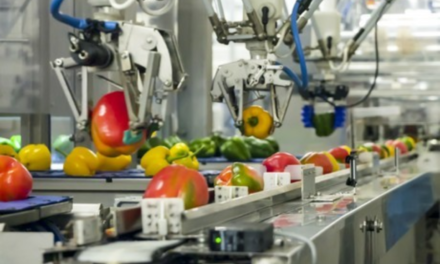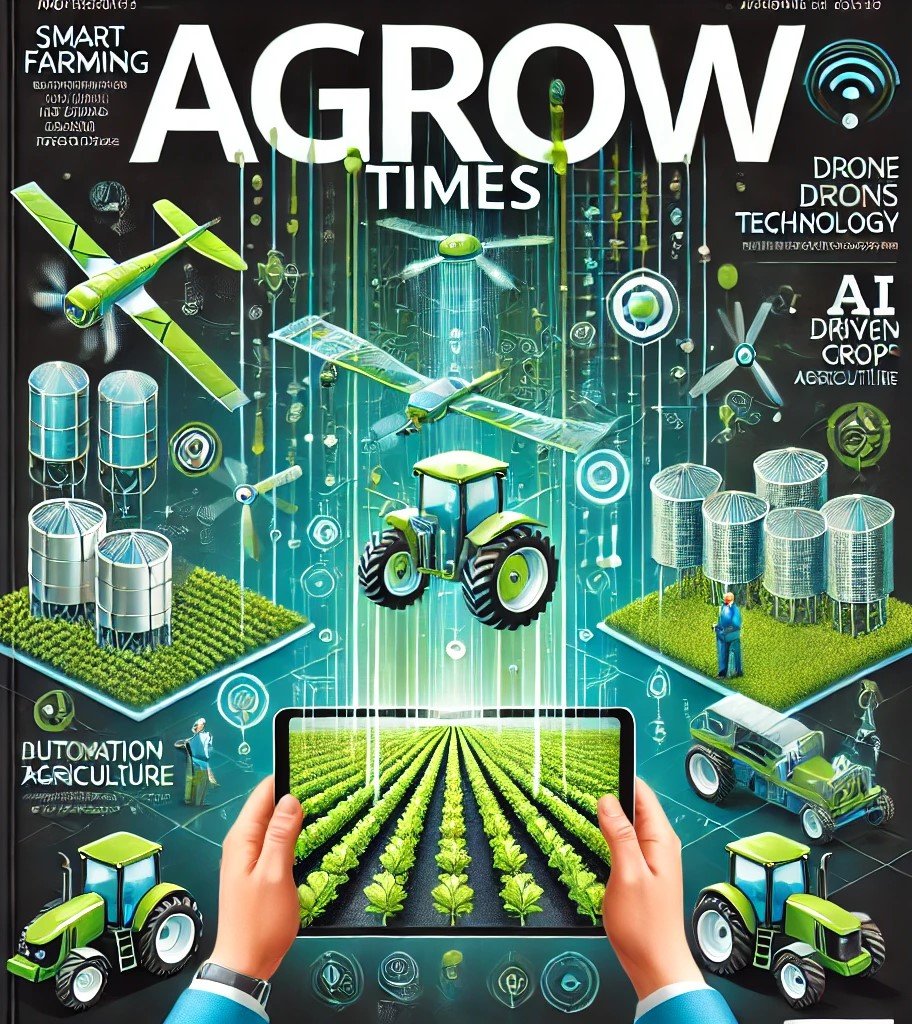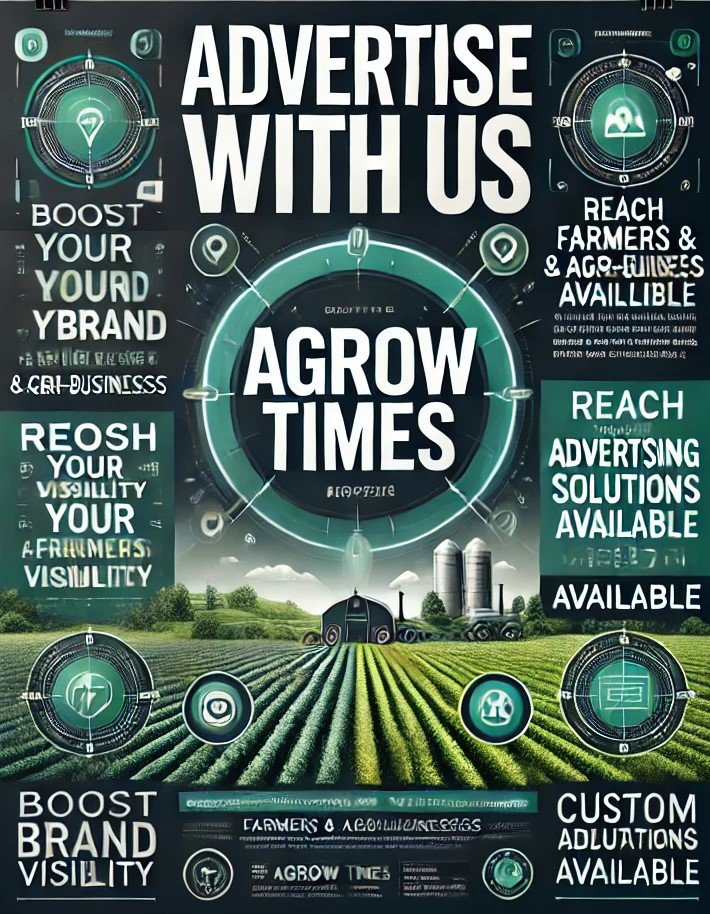Dairy processors ensure the safety and quality of dairy products by employing a combination of stringent practices, advanced technologies, and regulatory compliance throughout the production process. Here are the key measures:
1. Raw Milk Quality Control
- Testing at Collection Points: Regular testing of raw milk for contaminants such as antibiotics, bacterial load, and somatic cell counts.
- Examples: On-site checks for freshness, acidity, and fat content at farms or collection centers.
- Cold Chain Maintenance: Ensuring milk is transported in temperature-controlled environments to prevent spoilage.
2. Pasteurization
- Heat Treatment: Using pasteurization to kill harmful microorganisms like Salmonella, Listeria, and E. coli without compromising milk’s nutritional value.
- Examples: High-temperature short-time (HTST) or ultra-high temperature (UHT) pasteurization methods.
3. Good Manufacturing Practices (GMPs)
- Hygiene Standards: Maintaining clean facilities, equipment, and proper employee hygiene to prevent contamination.
- Examples: Regular cleaning-in-place (CIP) protocols for equipment and mandatory protective gear for workers.
4. Advanced Filtration and Processing
- Microfiltration: Removing bacteria and spores without heat, often used in conjunction with pasteurization.
- Homogenization: Ensuring uniform consistency by breaking down fat globules, which also prevents separation.
5. Quality Assurance Testing
- Microbial Testing: Routine testing for pathogens and spoilage organisms in raw and processed products.
- Examples: Checking for coliforms, yeast, and molds in yogurt and cheese.
- Chemical Analysis: Testing for nutrient levels, pH balance, and any potential chemical residues.
- Examples: Monitoring calcium content in milk or preservatives in flavored products.
6. Regulatory Compliance
- Adherence to Standards: Meeting safety standards set by regulatory bodies such as the FDA, USDA, or EFSA.
- Examples: Labeling compliance, allowable limits for additives, and approval of processing methods.
- Certification: Obtaining certifications such as ISO 22000 (Food Safety Management), BRCGS (Global Standards for Food Safety), or SQF (Safe Quality Food).
7. Traceability Systems
- Supply Chain Monitoring: Implementing traceability systems to track milk from farm to product, ensuring accountability.
- Examples: RFID tags for tracking milk batches or blockchain for supply chain transparency.
8. Packaging and Storage
- Protective Packaging: Using food-grade, tamper-evident packaging to maintain freshness and prevent contamination.
- Examples: Aseptic packaging for long shelf life and vacuum-sealed containers for cheeses.
- Temperature Control: Storing and transporting products at recommended temperatures to ensure safety and quality.
- Examples: Refrigerated storage for fresh dairy or ambient storage for UHT milk.
9. Fortification and Consistency
- Nutrient Enrichment: Fortifying dairy products with vitamins (e.g., D, A) and minerals (e.g., calcium) while ensuring even distribution.
- Examples: Vitamin D-fortified milk and calcium-enriched yogurt.
10. Employee Training
- Skill Development: Training employees on food safety protocols, equipment handling, and quality control procedures.
- Examples: Workshops on hazard prevention and HACCP principles.
11. Allergen Management
- Cross-Contamination Prevention: Ensuring separate production lines for allergen-free and regular products.
- Examples: Dedicated equipment for lactose-free milk or nut-flavored dairy products.
12. Continuous Monitoring and Auditing
- Internal and External Audits: Conducting regular inspections and audits to ensure compliance and identify improvement areas.
- Examples: Scheduled HACCP audits or third-party certifications.









